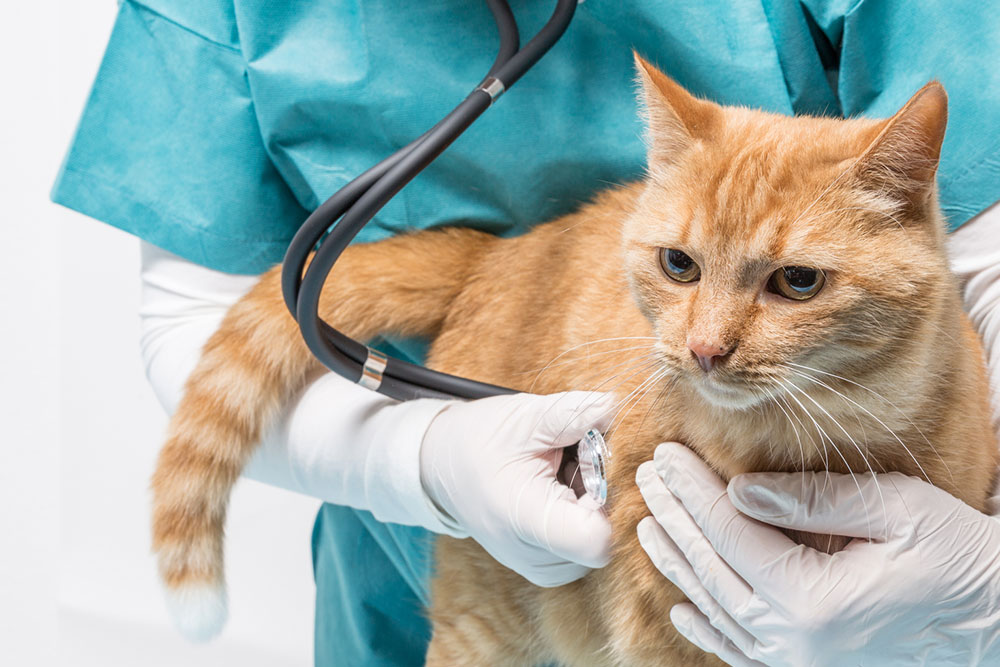
Cats and Diabetes Management
Diabetes is a chronic medical condition that affects human beings. It also affects cats, too, believe it or not. If you believe that your pet may have diabetes mellitus, he or she may exhibit symptoms such as the following:
- Loss of weight
- A stronger appetite
- Frequent urination
- Unusual thirst
If you suspect that your pet may have diabetes, then you need to seek veterinary attention for them as soon as possible. It can also help to learn about all the following management options to help keep your diabetic pet healthy:
1. Insulin shots
Insulin injections are often suitable for cats that have diabetes. Owners often are in charge of giving their cats these shots as well. They have to do so under the strict guidance of veterinarians. There are all sorts of factors that go into giving your cat insulin shots in the correct manner. You have to think about keeping your pet’s insulin in a safe and secure spot. You have to think about getting the shot ready in advance as well. Routine insulin shots can often keep feline diabetes in check. It could take a little while for your vet to figure out the necessary dosage for your pet. Amounts often vary.
2. Feline diet adjustments
Dietary adjustments can often help keep feline diabetes in check. Nutrition is a vital component. Cats that eat suitable diets often experience positive results. Dietary tweaks can sometimes even stop cats from needing insulin therapy. Felines are supposed to take in food items that are brimming with protein. They should not take in significant carbohydrates. Canned foods are in many cases suitable for felines that have diabetes. If you want to feed your furry pal foods that may help with diabetes management, you need to speak to a veterinarian at length. The veterinarian may even talk to you about prescription diet options that are out there. It isn’t uncommon for owners to take this route. A rock-solid feline diet may help your pet feel better than ever.
3. Physical fitness
Cats and dogs are just like human beings in that they benefit from routine exercise sessions. If you concentrate on your cat’s physical fitness, it may help manage his or her diabetes. Regular exercise sessions may work out well. It’s critical for owners to carefully supervise any and all physical fitness activities, however. Exercise has the ability to influence amounts of blood glucose in cats. Felines that use up immoderate energy may take in inordinate glucose. This could bring on blood sugar amounts that are abnormally minimal. If you want to ensure that your cat’s exercise regimen in no way, shape or form impacts blood glucose, then you need to speak with a veterinarian as soon as possible. A veterinarian can help you put together an exercise plan for your feline that makes complete sense.
4. Spaying
If your diabetic cat is female and unfixed, then you may want to consider spaying her as soon as possible. Why exactly is that? It’s because progesterone may disrupt typical insulin practices. Spaying can be advantageous in that it can do away with progesterone supplies. Learn everything you can about spaying your pet and all of its possibilities.


